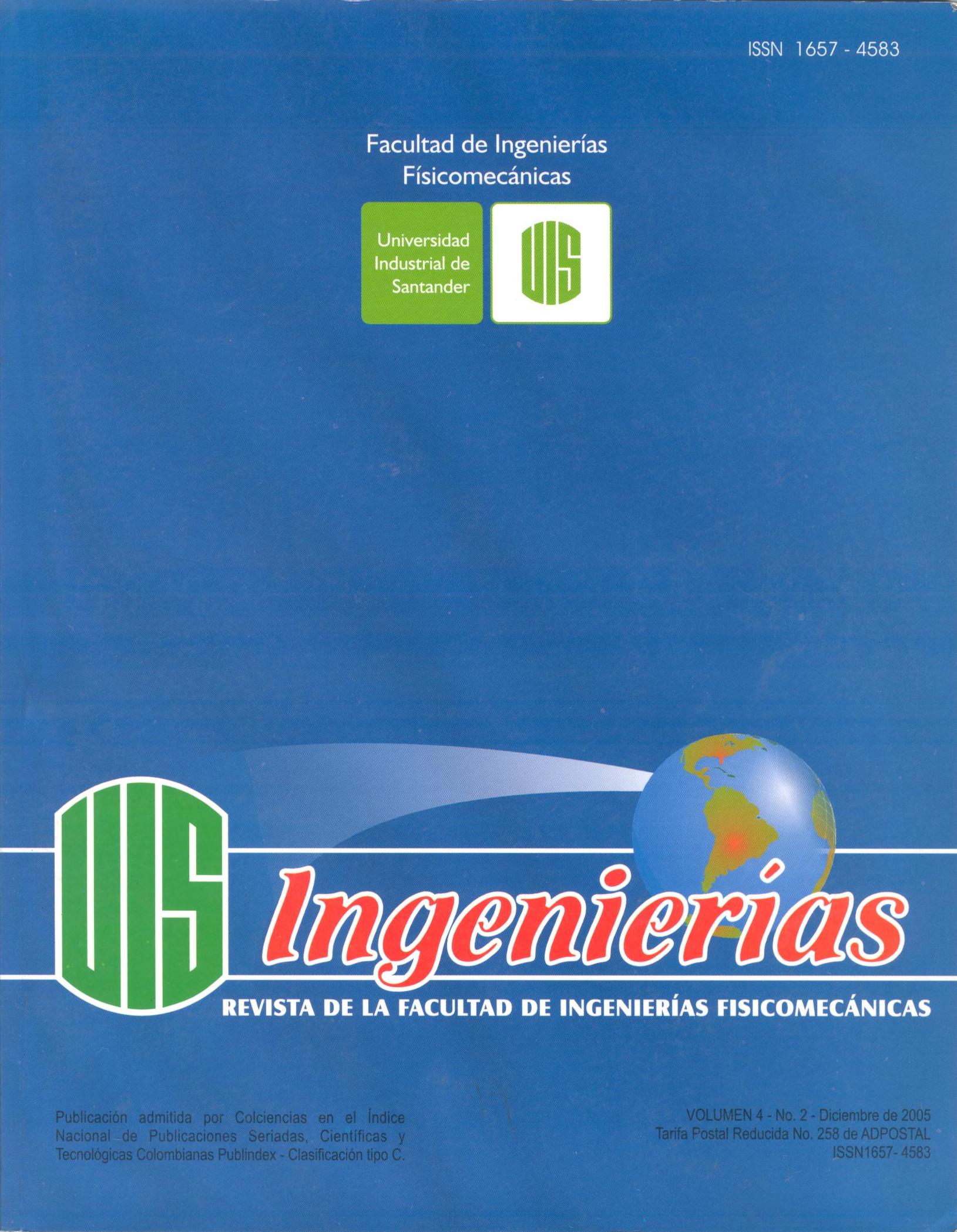Published 2005-12-01
Keywords
- Cooperative Learning,
- CSCL,
- Jigsaw,
- computer support cooperative learning
How to Cite
Abstract
At the present time, on-line education has gained a lot of importance like support to the traditional education (blended learning) and the education at a distance. The techniques more used in these environments are based on autonomous learning (individualist), competitive, and in some cases, in collaborative learning (using chats, forums, files interchange, among other). On the other hand, it has been proved that the academic acting and the development of the social abilities of the individuals that they learn in cooperative situations are better than when they are made in individualistic and competitive situations. It's for this reason that it is important to develop computer services based on real methods of cooperative learning (whose best results in the traditional education have already been proven), later, it's necessary to make experiments that validate the use of those services, observing how the students acquire the knowledge and develop their academic-social abilities. This investigation selected the Jigsaw method to carry out this validation, showing the phases that help to the development of a cooperative activity based on this method, a computer environment that supports these activities and the results of three experiments.
Downloads
References
Collaborative Leamíng Eds. Jacquelíne Thousand, R. Villa and A. Nevin. Baltimore, Paul H Brookes
Publisbíng. 1994.
HENLEY, Joan. Cooperative Leamíng: It's In There. http://tiger. coe .missouri.edu/-vIiblJoan's.stuffl
Joan's.Page.htrnl, (2003).
SLAVIN, R.E. "Research For The Future: Research on Cooperative Leamíng andAchievement: What we
know, What we need to know". Contemporary Educational Psychology, 21 (1), 43-69. Center for
Research on the Education ofStudents Placed atRisk, Johus Hopkíns University. October 1995.
Nationallnstitute for Science Education. Doing Collaborative Learning. http://www.wcer.wisc.edul
nise/clI/CLldoíngcJJstructr.htm, (2003).
PERKINS, D. and SARIS, R. "A Jigsaw classroom technique for undergraduate statistics courses".
Teacbíng ofPsychology vol. 28 No. 2, 2001, pp.111-113.
CHOE, S. W. T. and DRENNAN, P. M. "Analyzíng scientific literature usíng a Jigsaw group activity".
Journal of College Science Teaching, vol. 30, 2001, pp. 328-330.
ARONSON, E. and PATNOE, S.. The Jigsaw Classroom: Buildíng co-operation ín the c1assroom.
Addison-WesleyLongman. SecondEdition, 1997.
BORSCH, F., J1JRGEN-LOHMANN, J. andGIESEN, H. "Achievement gainsthrough cooperative learníng:
Jigsaw in German elementary schools", Poster presented at tbe Seventh European Congress of
Psychology, London, July 2001.
GALLARDO, T., GUERRERO, L., COLLAZOS, c., PINO, 1. andOCHOA, S. "Supporting JIGSAW-type
collaborative learning". Accepted for Comerence HlCSS 36, Hawaii, January, 2003, Proc. Published by
IEEE Computer SocietyPress, LosA1amitos, CA, USA. ISBN0-7695-1875-5.
Sitio oficial delmétodo Jigsaw. http://www.Jigsaw.org, (2003).
JOHNSON, D.W. and JOHNSON, R.T. "Aprender juntos y solos", Aprendizaje Cooperativo, Competitivo e Individualista. (1ra Ed.). Aique Grupo Editor S.A. 1999.
LEDLOW, S. Director of Instmctiona1 Innovatiou Network. http://www.public.asu.edu/~ledlow/sledlow/
Jigsaw.htm, (2003).
DILLENBOURG, P. BAKER, M. BLAKE, A. O'MALLEY, C. "The Evo1ution of Research On Collaborative Leaming". Spada & Reimaun (eds), Learning in Humans and Maclrines, 1995.
HERNÁNDEZ, Roberto. FERNÁNDEZ, Carlos. BAPTISTA, Pilar. Metodología de la Investigación.
Segunda Edición. McGraw Hil1, Junio 1999.

